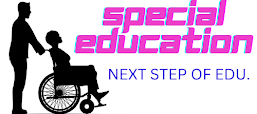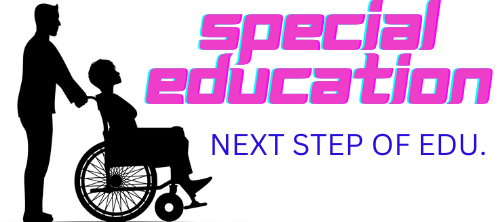Special education Syllabus , D.ed ( vi ) 2024 |#specialeducation
Video link -
Special education is a field within education that addresses the unique needs of students with disabilities, ensuring they receive tailored support to achieve academic success and personal growth. In this comprehensive essay, we will explore the historical evolution of special education, current challenges and triumphs, the role of legislation, the impact of technology, teacher training, and the ongoing pursuit of inclusivity in educational systems.
I. Historical Evolution:
To comprehend the current state of special education, it is essential to delve into its historical roots. Historically, individuals with disabilities were often marginalized, excluded, or institutionalized. The essay will trace the development of special education from its early stages of neglect to the modern understanding of inclusivity, examining key milestones such as the Education for All Handicapped Children Act of 1975, which later evolved into the Individuals with Disabilities Education Act (IDEA).
II. Legal Framework and Legislation:
A crucial aspect of special education is the legal framework that governs it. IDEA, Section 504 of the Rehabilitation Act, and the Americans with Disabilities Act (ADA) are pivotal pieces of legislation that mandate the provision of a free and appropriate public education for students with disabilities. This section will explore the impact of these laws on shaping the landscape of special education, ensuring access, and safeguarding the rights of students with special needs.
III. Identifying and Classifying Disabilities:
The process of identifying and classifying disabilities plays a crucial role in providing appropriate support. This section will examine the challenges and controversies surrounding the identification process, overrepresentation, and underrepresentation of certain groups. It will also discuss the importance of recognizing the individual needs of students to tailor education plans effectively.
IV. Challenges in Special Education:
Despite significant progress, special education faces numerous challenges. Limited resources, inadequate teacher training, and systemic biases contribute to disparities in educational outcomes for students with disabilities. This section will explore these challenges in-depth, highlighting real-world examples and proposing potential solutions to address these issues.
V. The Role of Technology:
Technology has emerged as a powerful tool in enhancing the educational experience for students with special needs. This section will explore assistive technologies, adaptive learning platforms, and virtual classrooms, showcasing how these tools can bridge gaps, empower students, and facilitate inclusive learning environments.
VI. Teacher Training and Professional Development:
The effectiveness of special education programs relies heavily on the competence of educators. This section will delve into the importance of specialized teacher training, ongoing professional development, and the cultivation of empathy and understanding among educators to create inclusive classrooms that cater to the diverse needs of students.
VII. Inclusive Education Models:
Promoting inclusion involves creating environments where students with disabilities can learn alongside their non-disabled peers. This section will showcase successful inclusive education models, discussing their impact on students' academic and social development. By examining these models, we can identify best practices and strategies for fostering inclusivity in mainstream educational settings.
VIII. Parental Involvement and Advocacy:
Parents play a crucial role in the success of special education programs. This section will explore the importance of parental involvement, effective communication between parents and educators, and the role of advocacy in ensuring that students with special needs receive the support they require.
IX. Future Directions and Emerging Trends:
As we look to the future, it is essential to consider emerging trends and potential directions for special education. This section will explore innovations such as personalized learning plans, neurodiversity acceptance, and global perspectives on inclusive education. By understanding these trends, we can anticipate the evolving landscape of special education and work towards more inclusive and equitable educational systems.
Conclusion:
In conclusion, special education has come a long way in addressing the unique needs of students with disabilities. From historical neglect to legislative milestones, challenges, and technological advancements, the journey of special education reflects society's evolving understanding of inclusivity. By continuing to address challenges, advocating for systemic improvements, and embracing emerging trends, we can create educational environments where every student, regardless of ability, can thrive and reach their full potential.


.jpg)

.jpg)

0 Comments
Have you any doubt, Tell me ;